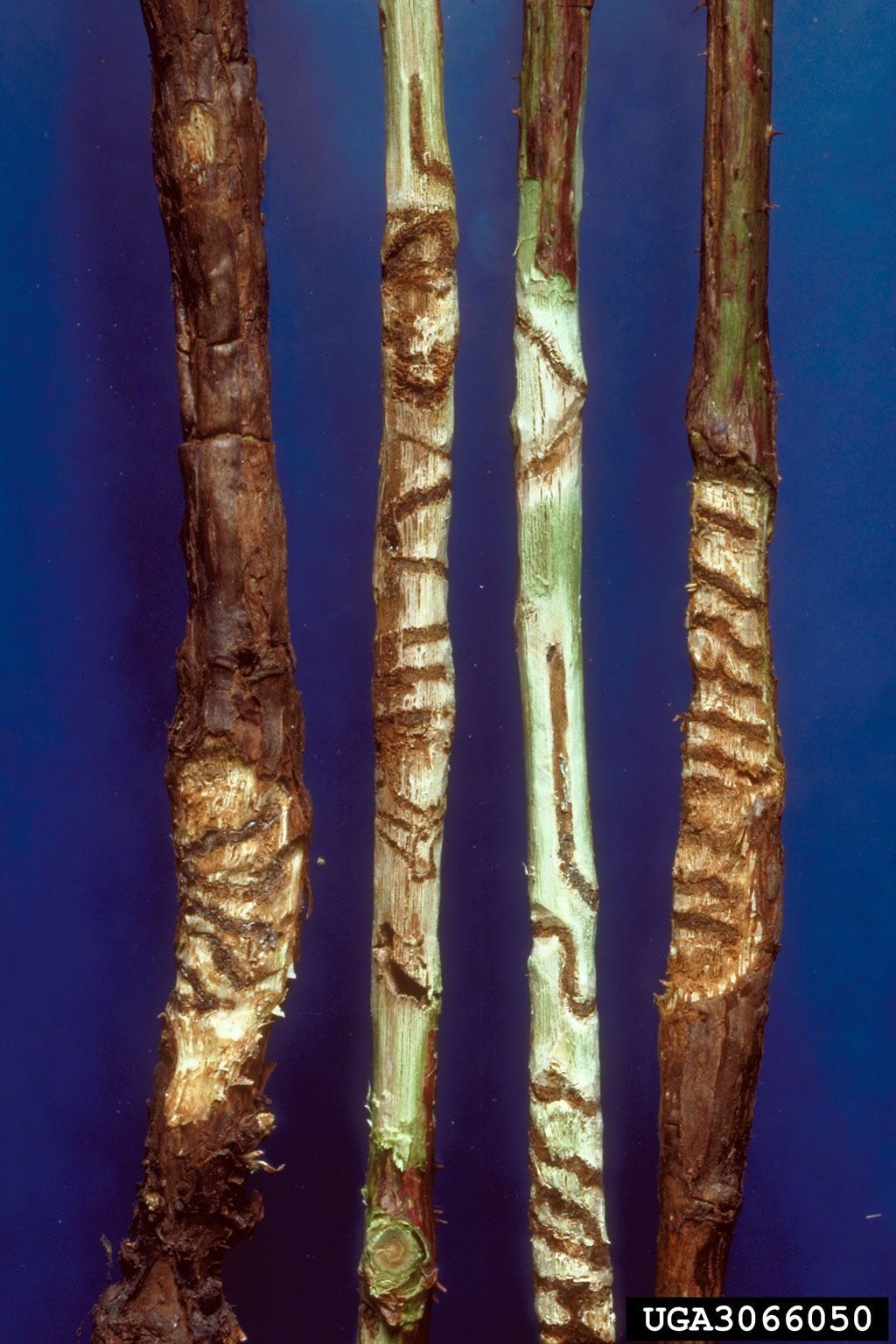Boysenberry Pests: Learn About Bugs That Eat Boysenberries

Boysenberry is an easy to care for vining plant that is drought and cold resistant. It lacks the thorns found on other vining berries but is just as nutritious - rich in antioxidants and high in fiber and vitamin C. Although they are fairly low maintenance, boysenberry pests can still be a problem. What pests of boysenberry should you watch out for? Well, it should come as no surprise that bugs that eat boysenberries are also inclined to nibble on raspberries.
Bird Pests of Boysenberry
Outside of a handful of boysenberry insect pests, the greatest threat to your berry patch are birds. Birds love boysenberries as much or more than you do and make it their business to get to them before you do. Beat the birds to it by checking the plants daily, preferably in the morning, for any ripe berries. Given that a morning check isn’t always possible, protect the berries with netting, cotton, or a fruit cage.
Boysenberry Insect Pests
As mentioned, the same bugs that eat boysenberries can also be found eating raspberries. That means the gardener should keep an eye out for cane borers. Raspberry bud moths can damage canes, flowers, and foliage. Leafrollers, bronze beetles, and leafhoppers all may do damage to the plant’s foliage. Mites suck the nutrient rich juices from the plant and grass grub larvae gnaw at its root system. Aphids, of course, may choose to reside on a boysenberry plant and, just like mites, suck the juices from it, causing the leaves to curl. An insecticidal soap will help with boysenberry pests such as aphids. Larger insects like beetles can be handpicked. Keep the areas surrounding the boysenberry bushes free from weeds which can offer a home to unwanted pests. To combat insects on boysenberry plants, sometimes a chemical control is necessary, especially if the infestation is severe. A product such as permethrin or carbaryl (Sevin) may be needed. Read the manufacturer’s instructions carefully to make sure the product is safe to use on cane fruits.
Sign up for the Gardening Know How newsletter today and receive a free copy of our e-book "How to Grow Delicious Tomatoes".

Amy Grant has been gardening for 30 years and writing for 15. A professional chef and caterer, Amy's area of expertise is culinary gardening.
